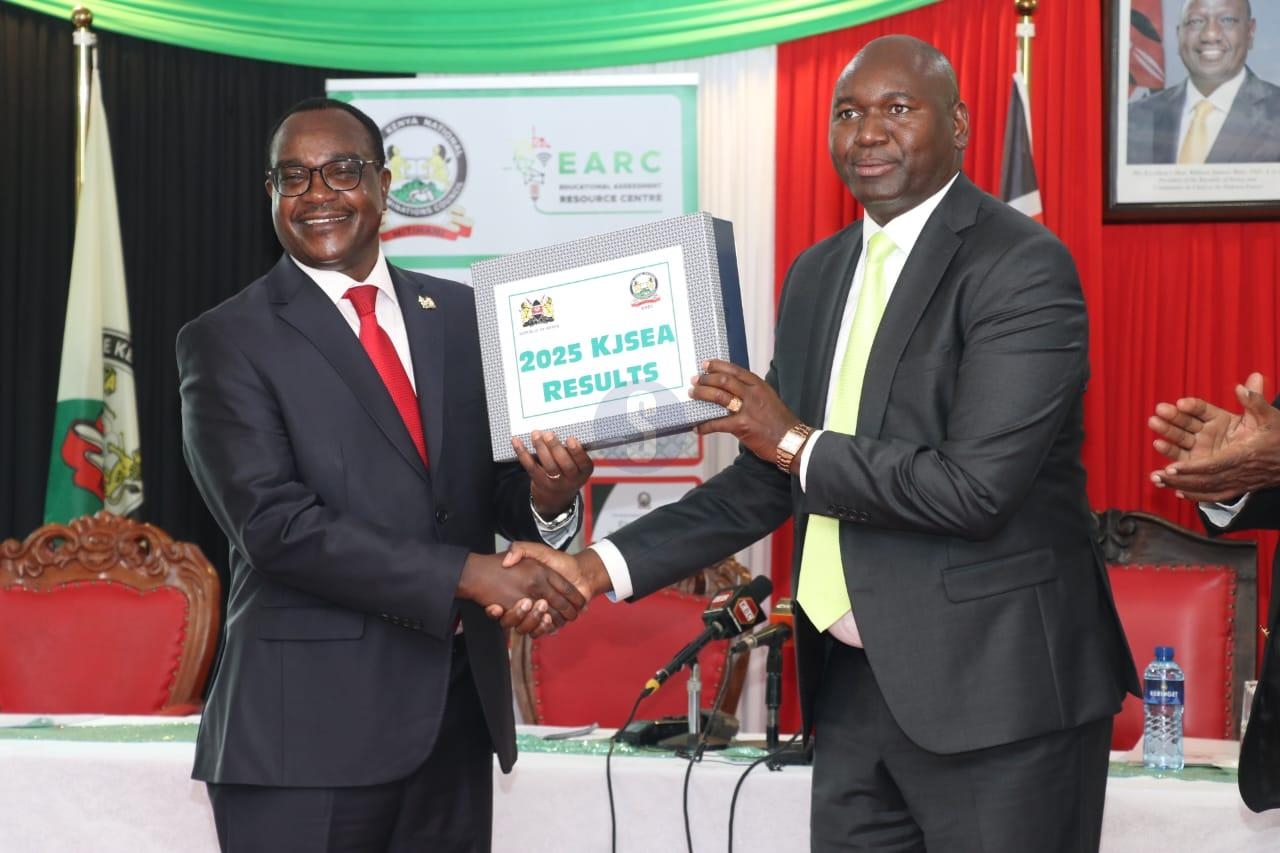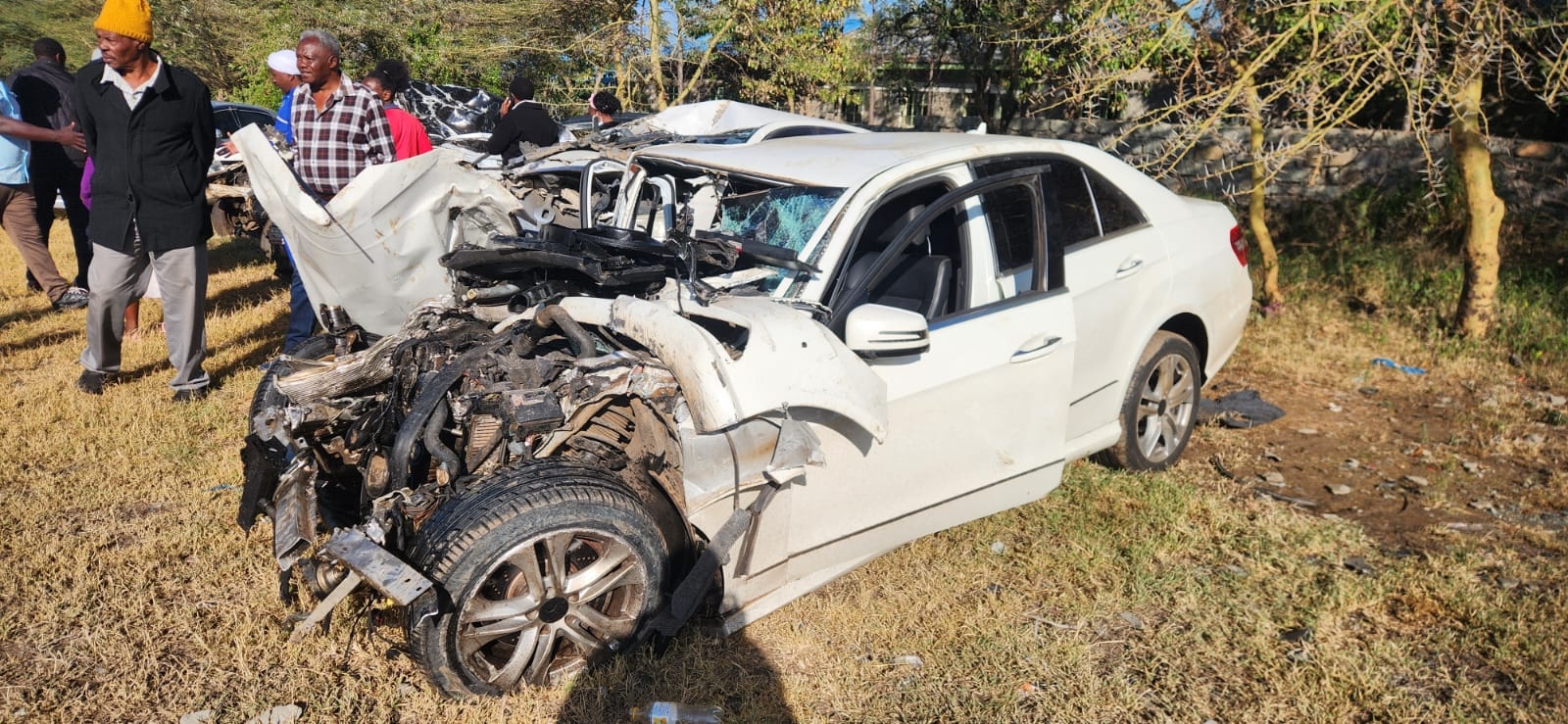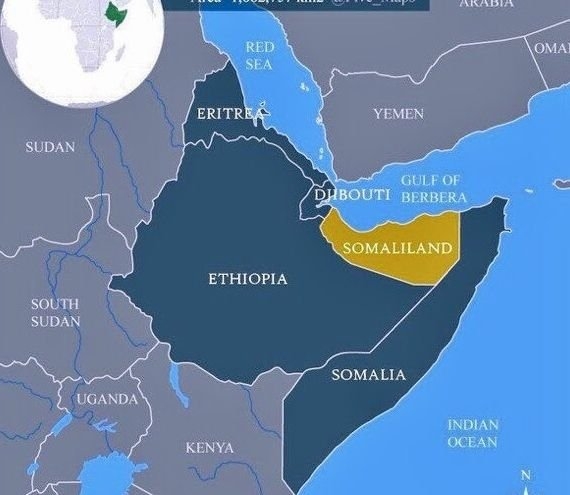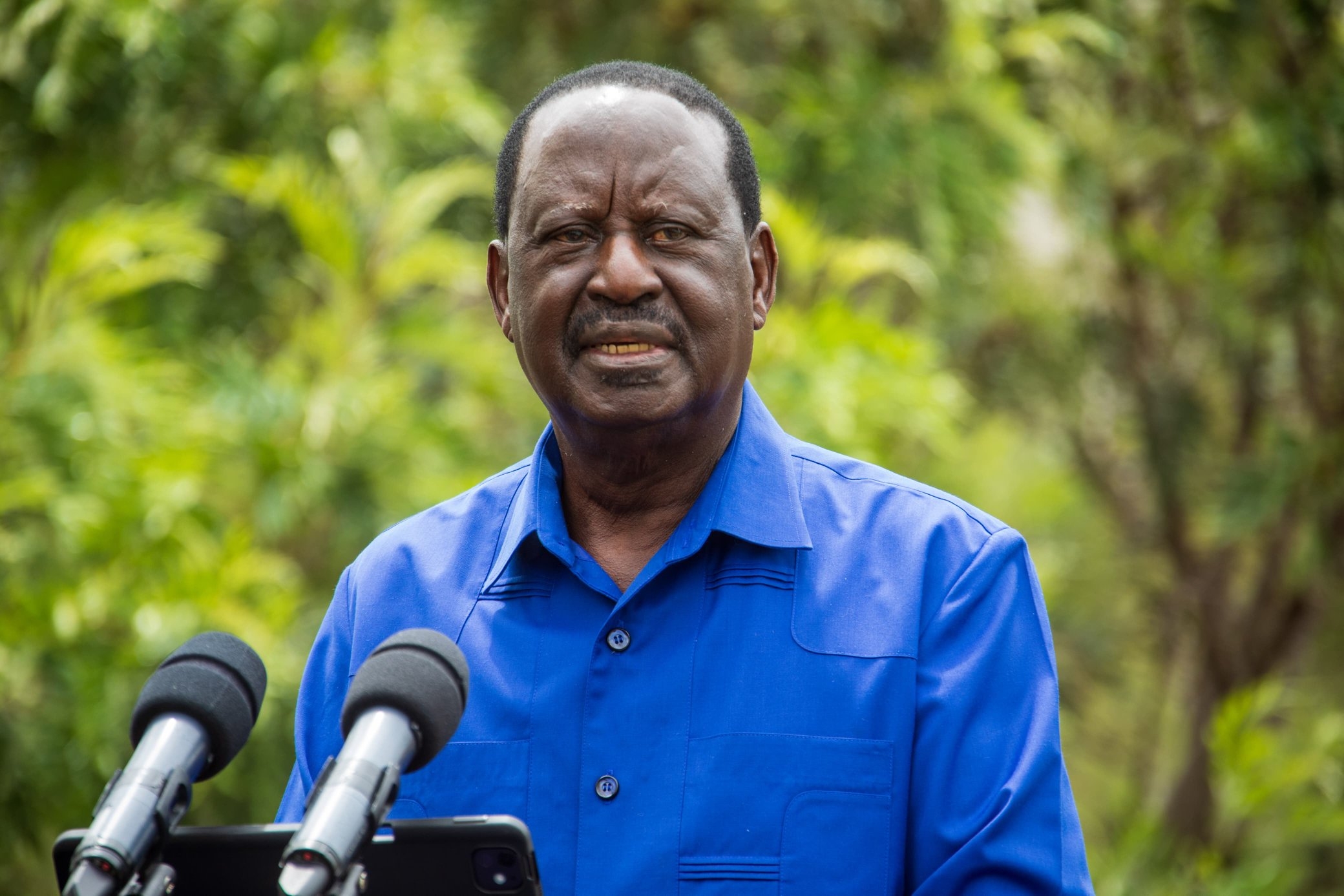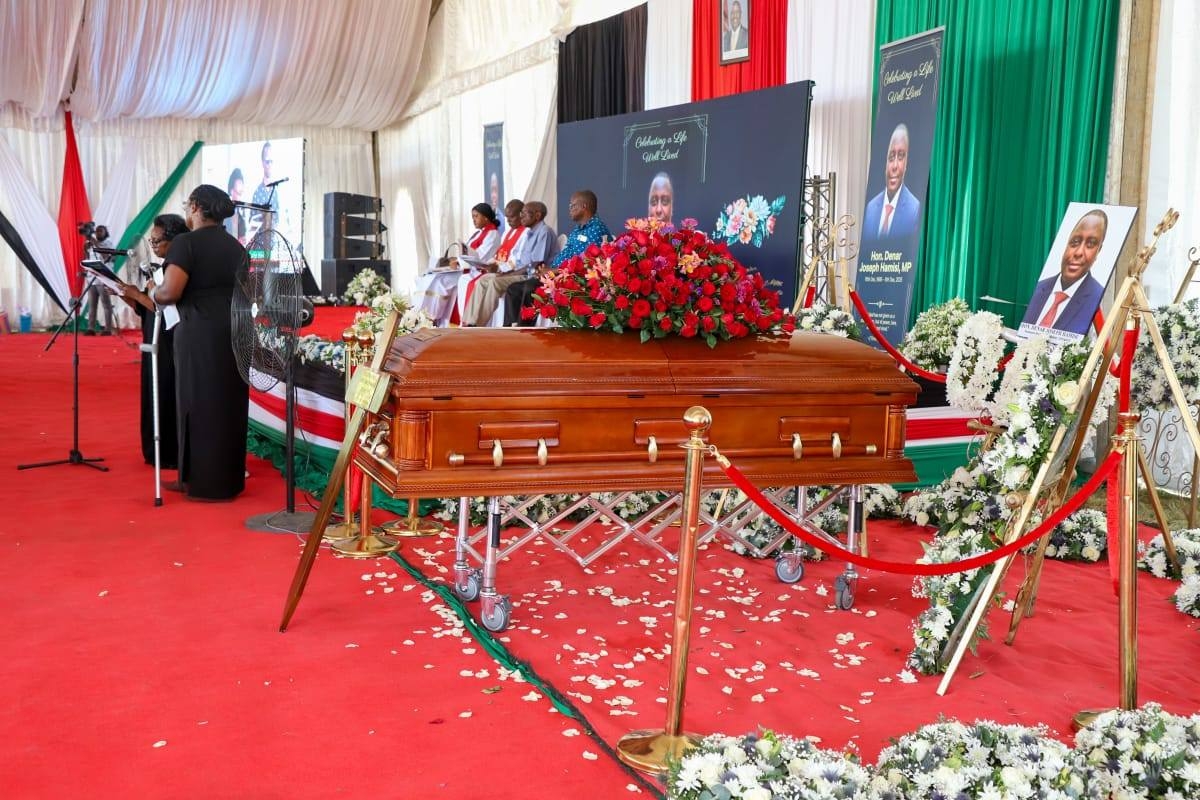
By GILBERT KOECH
Stephen Ndambuki checks if everything is in order before boarding a fixed-wing light aircraft at an airstrip. It’s September 11 and the task at hand is a complex process of counting animals at Nakuru National Park.
“Wildlife census involves a lot of meticulous planning,” says Ndambuki, who is a senior research scientist with the Wildlife Research and Training Institute (WRTI).
The Nakuru-Naivasha ranches census was the fourth to be conducted. The first was conducted at Masai Mara when former Tourism CS Dr Alfred Mutua launched the exercise on June 19.
The Amboseli and Athi Kapiti landscapes followed. Ndambuki was among the team that conducted the national wildlife census in Nakuru-Naivasha ranches using five fixed-wing light aircraft. Within the Nakuru Naivasha ranches, some 11,700km square was covered with specific objectives.
But before the census kicked off, duties had to be allocated the previous evening. The duties were allocated to the team leader, the person coordinating the exercise, the one charged with training, administration, piloting, front seat observers, rear seat observers, data handling, security, transport logistics, airstrip operations, conference area, registration and equipment.
The team leader for the exercise at the landscape was WRTI principal scientist Dr Joseph Mukeka, while Ndambuki was charged with refresher training.
Assigning different officials the duties ensured that the exercise ran smoothly. Some of the objectives of the census were to determine the number and distribution of large mammals in the landscape.
The census also sought to map out various human activities, assess current pressures on wildlife conservation in the landscape, and establish the spatial distribution of threats to wildlife due to anthropogenic activities.
Ndambuki said the other crucial objective of the exercise is to interpret the information obtained and deduce sound management decisions to guide the management of wildlife in the landscape.
Understandably, the Nakuru Naivasha ranches are faced with challenges such as large-scale farms, encroachment and charcoal burning. Ndambuki says target species number and location as well as human activities are recorded.
The survey area comprised four protected areas, namely Hell’s Gate and Mount Longonot national parks, and Elementaita and Naivasha Wildlife sanctuaries.
The conservancies in Nakuru county include Soysambu, Kigio, Malu, Marula Farm, Aberdare Golf Club, Morendat Farm, Kalro lower and upper farms, Ki-Kopey area, Green Park and Great Rift Valley Lodge.
The survey also covered Colour Crops, Loldia Farm, Muhu Farm, Bilashaka Farm, Rocco Farm, Ol-Suswa, Wileli, Korongo Farm, Aquilla Ranch, Mundui Farm, Oserengoni Conservancy and Hippopotamus Point, Crater Lake, Kongoni Game Valley and Olerai Farm.
Other areas covered included Kedong Farm, Lendolia Conservancy, Crescent Island Conservancy, Sanctuary Farm, Karai Area, Lake Naivasha and Elementaita conservancies, including their adjacent riparian areas and flower farms.
COMMON WILDLIFE
Some of the wildlife common in the landscape include common zebras, African buffalos, impalas, wildebeests, Grant’s gazelles, common elands, Thomson’s gazelles, Corker’s hartebeests, Maasai giraffes, waterbucks, warthogs, ostriches and Grevy’s zebras.
Ndambuki says there are many methods used during such a census. These include aerial counts, ground counts and spatially explicit capture-recapture for carnivores.
Ndambuki says the census also has protocols. The survey area is divided into blocks, he says. During the census of the landscape, a North-South transect orientation was recommended.
“The transect width of one kilometre was used (500 metres on either side of each transect). In hilly places, the light aircraft flew irregular transects,” Ndambuki says.
Transects tracked are logged using a GPS receiver, and all observations are marked using GPS as waypoints. Upon landing, Dictaphone data is downloaded and transcribed into a database. GPS data (tracks and waypoints) is downloaded and merged with transcribed voice data.
Data is then cleaned to identify and eliminate any possible double counts. Data is then analysed before a report is drafted.
The current census follows one conducted from May to August 2021 that generated baseline numbers of wildlife. The 2021 census covered 343,380km2 of Kenya’s landmass for Sh250 million. The census showed 36,280 elephants, 897 black rhinos, 842 white rhinos, two northern rhinos, 2,589 lions, 5,189 hyenas, 1,160 cheetahs, 865 wild dogs and 41,659 buffaloes.
The results generated during the 2021 census have been used to review the National Wildlife Strategy 2030 and the current review of the Wildlife Act. The data was used to compile Kenya’s Natural Capital Atlas to inform tourist promotion by identifying destinations based on biodiversity hotspots and to inform wildlife research.
The ongoing census cost the state Sh302 million. The first phase was supported by the Tourism Promotion Fund, which provided Sh60 million.
The census covers the greater Masai Mara ecosystem, Amboseli/Magadi, Nairobi Athi-Kapiti landscape, and all the closed sanctuaries, including Solio, Mwea, Lake Nakuru and Ruma national parks.
MULTIPLE CHALLENGES
A wildlife census should be undertaken every three years in line with ecological cycles of fertility and mortality. The Ministry of Tourism is mandated to gather and provide information to facilitate the development of two critical reports, namely: the ‘Wildlife Conservation Status Report’ and the ‘Wildlife Resources Monitoring Report’ to be presented to Parliament.
Kenya’s key wildlife landscapes are currently facing multiple challenges, including increasing human and livestock populations, impacts of global climate change, the spread of invasive and alien species and the dangers of infectious zoonotic diseases.
The use of technology during the National Wildlife Census 2024-25 will significantly improve the efficiency and accuracy of wildlife monitoring.
GPS records the exact flight pattern and spatial information of all observations, while dictaphones and cameras capture the attribute data.
Cameras are also used to capture images of wildlife species. Ndambuki said the choice of method used during the exercise is dependent on various factors.
“All the methods we are using are peer-reviewed,” he says. He said light aircraft are ideal for savannah areas as they are open. In areas with elusive wildlife, such as rhinos, a helicopter is used as it can hover above the wildlife for enumerators to collect data.
Ndambuki says in expansive areas, such as the northern part of the country, sample counts are used. “In forested areas, we do not use aircraft because the visibility is poor due to the dense canopy.
In such ecosystems, we used indirect signs, such as the spoor (scent) and dung, to estimate the number of wildlife,” Ndambuki says. For wildlife that are not active during the day, such as lions, alternative methods are used.
TECH AT PLAY
GIS analyst Grace Waiguchu says the use of mobile phones has also been adopted. “We are using mobile phones to collect real-time data, so that as they fly the observers to collect data, we can see their live location from where we seat,” she said.
Waiguchu said once they come back, data is downloaded from the GPS and voice recorders before transcribers work on the data.
“Using the GPS waypoints and coordinates, we can attribute data and eventually get a complete dataset that has the location for each species,” she said.
Waiguchu said density maps are used to tell where there is a concentration of specific wildlife. “By comparing with previous years, we can tell what is happening in terms of changes if the animals are moving from one place to the other,” she said.
Waiguchu said conducting aerial censuses has come a long way. “We now have the advantage of using technology to make it easier for us to locate the animals, do basic analysis or even complete analysis of data.” She said Earth Ranger is the new technology being used.
“It is a pretty new technology that allows us to collect real-time data attributes and even movements and track data,” she said. Waiguchu has a passion for working with wildlife.
At the beginning of her career, she did not expect that she would be doing aerial surveys. But as luck would have it, here she is. “It is interesting conducting aerial surveys and all the other kinds of surveys that we do. With time, it just gets more fun,” she said.
Waiguchu said it is good to explore the opportunities that come with new technology. She said the team that transcribes data is mostly made up of women. “I think they are more meticulous in terms of listening to those recordings to reduce errors,” she said.
WRTI director Dr Patrick Omondi said the second phase of the census will be launched in the last week of November in the Laikipia-Samburu-Meru-Marsabit ecosystem. “This is the largest landscape that we will cover during the census,” he said.
The first phase went smoothly and efficiently. The census results will be released by June next year, once 59 per cent of the country has been covered. Omondi said the Tsavo ecosystem, which is the stronghold of elephants, will be covered in February as was done during the last census.
“That ecosystem will be done at the same time so we can compare month to month.” They are thinking of introducing a short course in the current national wildlife training agenda to build the capacity of census personnel.
“The short course is on modern technologies wildlife census because it is not easy to count wildlife as a lot of technology evolves,” Omondi said.
He said the new scientific methodologies being employed in the census ensure that they gather reliable data on wildlife populations, their distribution and habitats.
“By employing advanced technologies, such as satellite imagery, GPS tracking and drone surveys, we aim to achieve a level of precision and detail that is unprecedented,” Omondi said.
A natural resource scientist at the State Department for Wildlife, Joseph Katua, says the census will show wildlife trends in numbers, density and spatial distribution of wildlife as compared to the census undertaken in 2021.
“The census is crucial for proper management of our wildlife resources and also to support the tourism sector,” Katua says.
Katua says the exercise has received support from authorities as the data generated will aid decision-making. KWS senior assistant director for central Rift Lucy Makosi says the Nakuru-Naivasha ranches are crucial dispersal areas as most wildlife use them to move around.
“This is where we have animals from the park, and they have to transit to these other areas through these ranches and private land,” she says.
Makosi says KWS normally engages communities. “We encourage them to have enterprise programmes that bring them visitors and they gain.”


